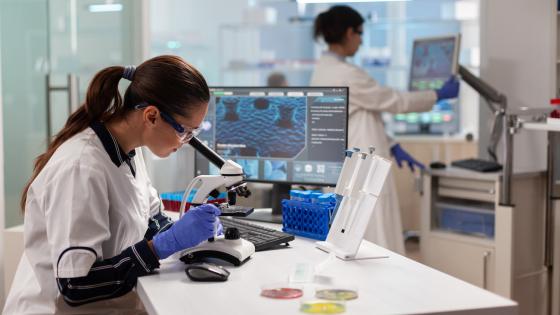DP12449 Innovation, Reallocation, and Growth
We build a model of firm-level innovation, productivity growth and reallocation featuring endogenous entry and exit. A new and central economic force is the selection between high- and low-type firms, which differ in terms of their innovative capacity. We estimate the parameters of the model using US Census micro data on firm-level output, R&D and patenting. The model provides a good fit to the dynamics of firm entry and exit, output and R&D. Taxing the continued operation of incumbents can lead to sizable gains (of the order of 1.4% improvement in welfare) by encouraging exit of less productive firms and freeing up skilled labor to be used for R&D by high-type incumbents. Subsidies to the R&D of incumbents do not achieve this objective because they encourage the survival and expansion of low-type
firms.


